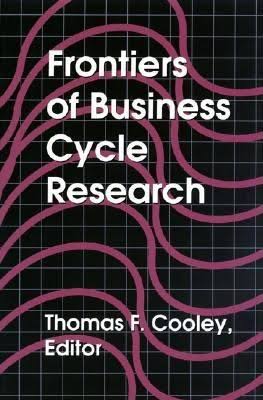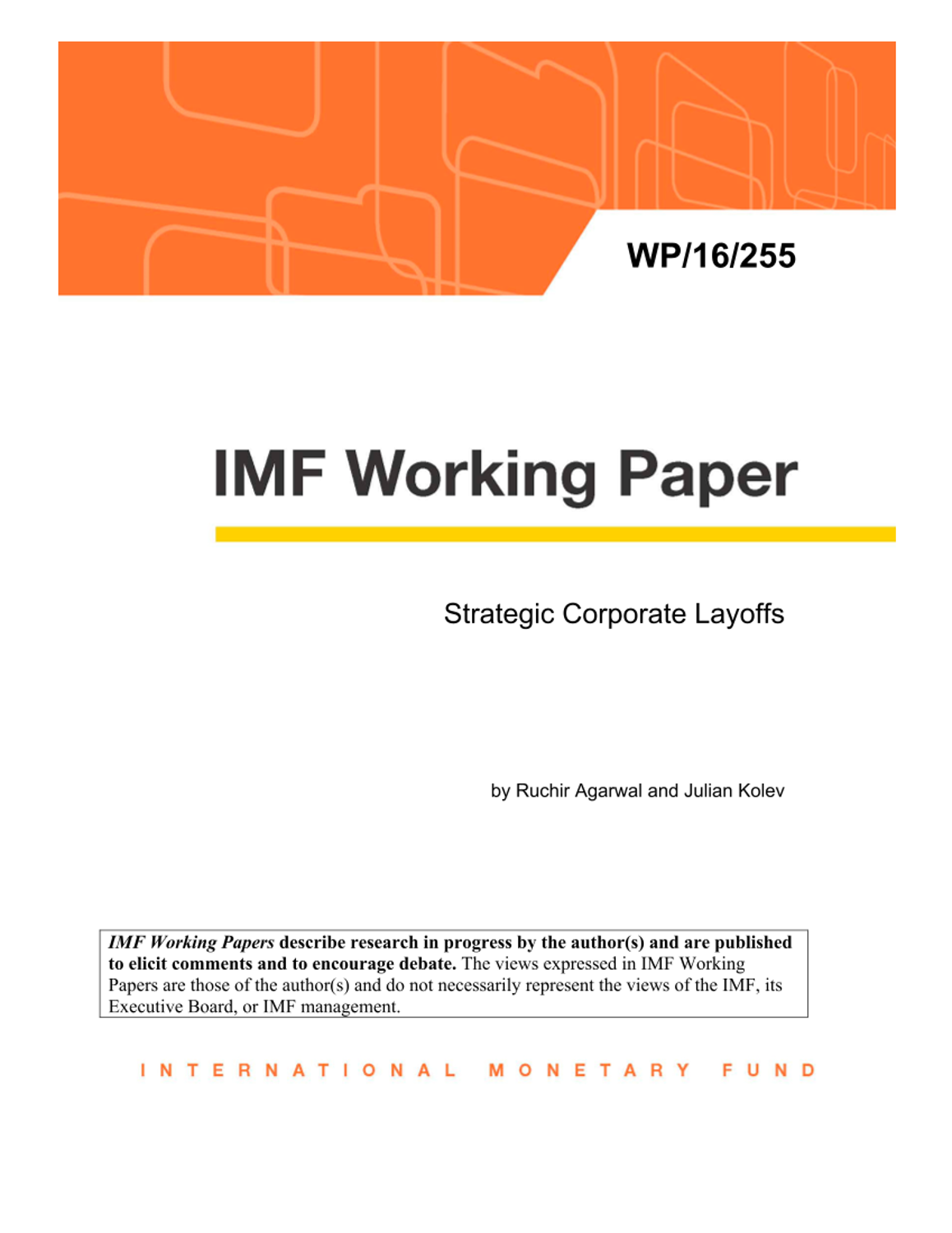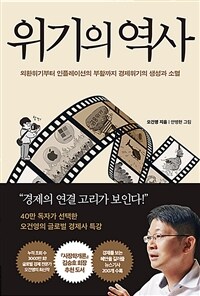
단행본
Frontiers of business cycle research
- 청구기호
- 338.542 FRO95
- 발행사항
- Princeton, N.J. : Princeton University Press, 1995
- 형태사항
- 419 p
- 서지주기
- Includes bibliographical references and indexes
- ISBN
- 9780691043234
- 분류기호
- 듀이십진분류법->338.542
소장정보
| 위치 | 등록번호 | 청구기호 / 출력 | 상태 | 반납예정일 |
|---|---|---|---|---|
지금 이용 불가 (1) | ||||
| 한국노동연구원 | 00008646 | 대출중 | 2022.11.29 | |
지금 이용 불가 (1)
- 등록번호
- 00008646
- 상태/반납예정일
- 대출중
- 2022.11.29
- 위치/청구기호(출력)
- 한국노동연구원
책 소개
Counter Among the most revolutionary and productive areas of economic research over the last two decades, modern business cycle theory is finally made accessible to students and professionals in this rigorous, unified, introductory volume. This theory starts with the view that growth and fluctuations are not distinct phenomena to be studied separately--and that business cycles result from shocks (such as the availability of new technologies), which regularly affect most economies. The unifying theme of this book is the use of the neoclassical growth framework to study the economic fluctuations associated with the business cycle. Presenting recent advances in dynamic economic theory and computational methods--with emphasis on the construction of equilibrium paths for simple artificial economies--leading experts orient readers in the quantitative study of aggregate fluctuations and apply its concepts to key issues in macroeconomics and business cycle theory.
This volume covers such issues as the aggregate labor market, the role of the household sector, the role of money, the behavior of asset markets, non-Walrasian economies, monopolistically competitive economies, international business cycles, and the design of economic policies.
목차
List of Illustrations
List of Tables
Preface
Contributors
1. Economic Growth and Business Cycles
2. Recursive Methods for Computing Equilibria of Business Cycle Models
3. Computing Equilibria of Nonoptimal Economies
4. Models with Heterogeneous Agents
5. Business Cycles and Aggregate Labor Market Fluctuations
6. Household Production in Real Business Cycle Theory
7. Money and the Business Cycle
8. Non-Walrasian Economies
9. Dynamic General Equilibrium Models with Imperfectly Competitive Product Markets
10. Asset Pricing Implications of Equilibrium Business Cycle Models
11. International Business Cycles: Theory and Evidence
12. Policy Analysis in Business Cycle Models
Bibliography
Author Index
Subject Index





